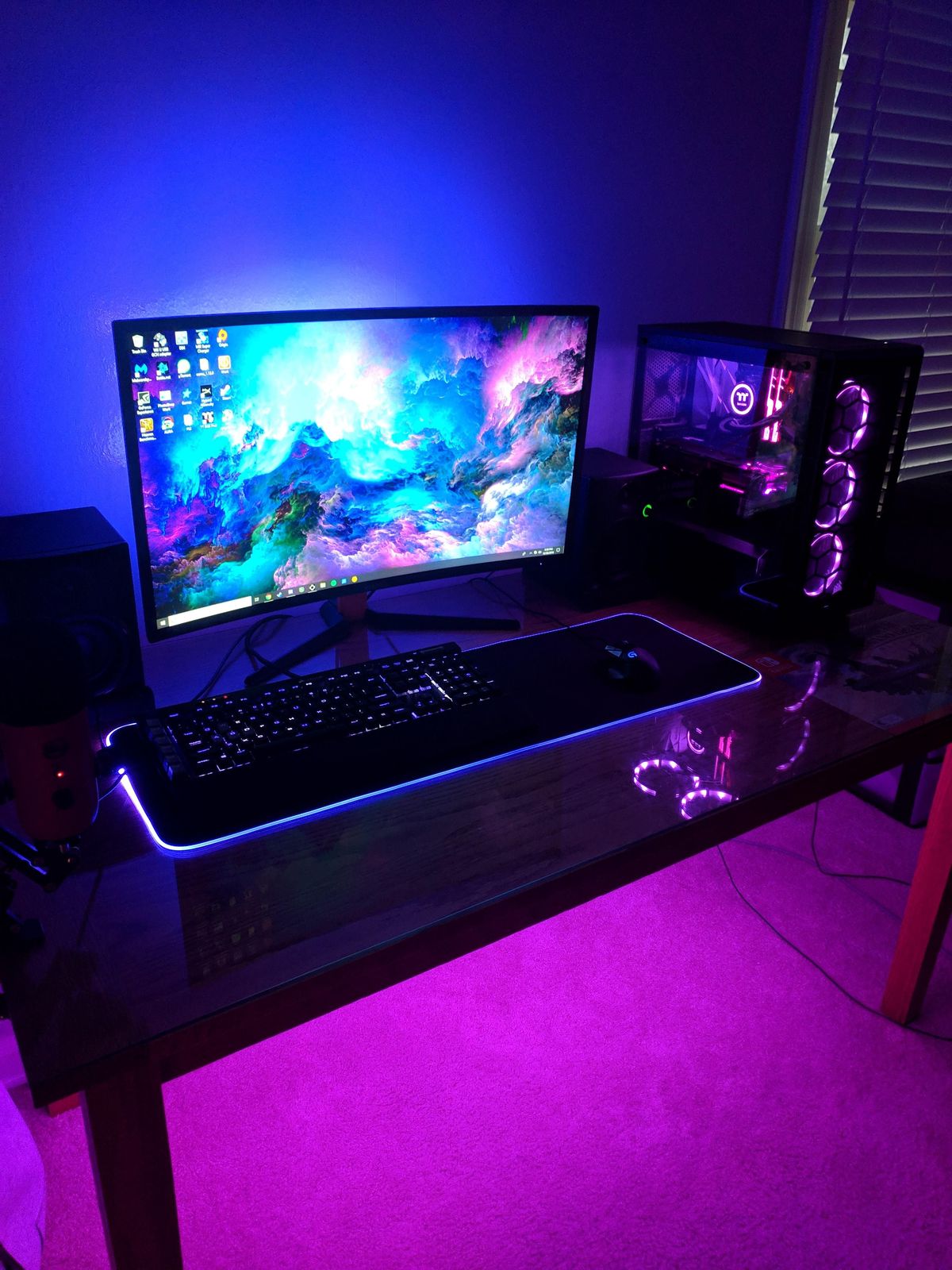You can learn how to keep your PC cool. Having your PC well cooled is a must, not only because it will affect the performance and stability of your computer, but also because it can end up reducing its lifespan. It’s no secret, excess heat is not good for semiconductors, and therefore neither is it good for the processor, graphics card, RAM, SSD, and any other component that uses chips.
Under normal conditions, an excess heat problem need not cause serious damage, in fact, most likely nothing will happen beyond a performance drop or, in the worst case, a system crash or reboot. This is because many of today’s components have built-in protection systems that, if they detect abnormal temperature peaks, will kick in to prevent further damage.
However, this does not mean that these components are immune to heat and that we can be confident; in fact, the opposite is true. When a component, such as a processor, for example, works at too high a temperature continuously, premature wear may occur at the silicon level, which will eventually cause it to stop working. The same applies to other components, of course.
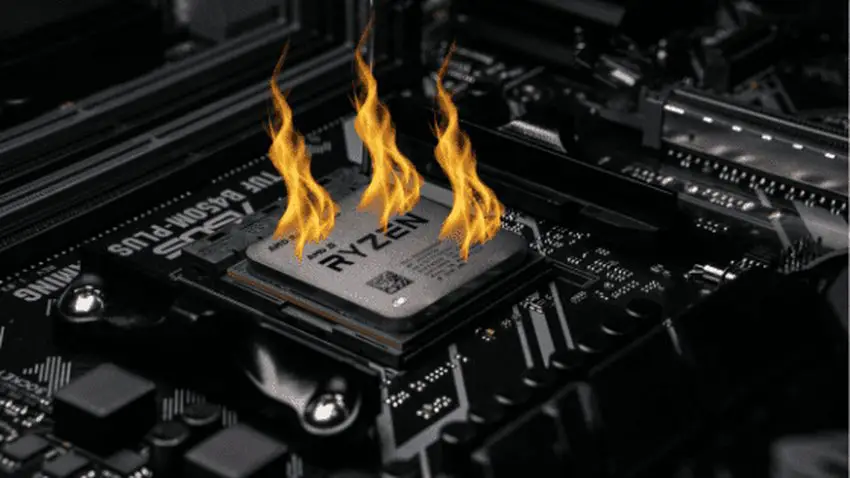
What should we do to keep my PC well-cooled?
Keeping the PC well-cooled will ensure that the components do not have temperature problems, and this will allow them to have a longer service life, operate stably, and reach their maximum performance peaks. This last aspect is very important, since, as many of our readers will know, today many components scale their working frequency according to the temperature they register, which means that if we do not have the PC well cooled its maximum frequency peaks will be reduced, and with it its performance.
In this article, we are going to give you five tips that will help you to have it clear, and that will allow you to have a basis on which to start optimizing your equipment, whether you already have it mounted or if you have not yet taken the step. However, remember that if you already have an assembled PC, and you want to improve its cooling, the process will be more tedious, as you may have to disassemble and assemble components.
How to keep your PC cool?
As we always say, if you have any questions after reading this article, you can leave them in the comments and we will be happy to help you solve them. Without further ado, let’s get to it.

Be aware of the needs of each component
It is the central pillar of this article, and it must be so to assemble a well-cooled PC, since not all components need the same type, nor the same power, of cooling. Let’s see it with a very simple example, imagine that you want to build a new computer and that the heart of it is going to be an Intel Core i5-12400. In that case, you don’t need a very powerful cooling system, since the processor has a base TDP of 65 watts and a peak of 117 watts in turbo mode.
The cooling system you bring from home would be enough to control that Intel Core i5-12400, although ideally, you should mount a slightly more powerful solution to keep it below 70 degrees. On the other hand, if we are going to mount an Intel Core i9-12900K, we will have to look for a much more powerful cooling system, since it has a peak power consumption that reaches 226 watts at stock frequencies, and 286 watts with overclocking. In this case, a 360 mm liquid cooling kit with three fans would be ideal.
The same applies to graphics cards, although these always come with a pre-installed cooling system, so, depending on the consumption of each specific model and the quality of its cooling system, we may find optimal, good, acceptable, and not very recommendable configurations. The difference between a good cooling system, with a large radiator and three fans, and a mediocre one, with a smaller radiator and a turbine-type fan, can be as much as 20 degrees when we are talking about a high-performance graphics card.
In the case of other components, such as SSD or RAM, a passive cooling system, such as a radiator or a metal chassis, is sufficient. This type of system could lead to relatively high temperatures, but it will prevent the heat from accumulating on the chips and will distribute it over the surface of the radiator or chassis. If we have good airflow in the PC, both will benefit from it and record lower temperatures.
Why is this so important?
Because a component that does not have the cooling it needs will underperform may end up causing stability problems, and may, in extreme cases, “die” earlier than expected.
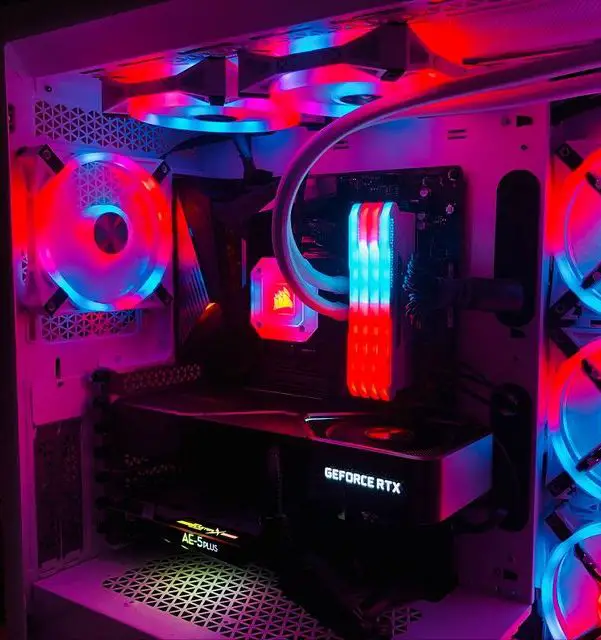
Airflow is essential to have a well-cooled PC
What we have seen in the previous point is that, in short, each component must have its cooling system according to its needs. This is the plane that we can call individualized cooling of each component. However, as we have different components enclosed within a chassis, waste heat is produced and trapped inside the equipment.
If this heat builds up, the internal temperature can skyrocket, and this would cause the cooling systems of each component to work harder to compensate for this temperature increase. We have, therefore, two possible scenarios, one in which these cooling systems have to work harder than normal, which could shorten their useful life, and another that would occur if they can no longer give more of themselves, which would lead to an increase in the working temperature of each of these components.
To prevent this from happening, and to have the PC well cooled, it is necessary to create a good airflow, especially in small and compact computers, because the internal space is more limited and heat transfers between components occur relatively easily. So how do we create good airflow? While the execution may vary depending on chassis size and component layout, in the end, it all boils down to a very simple idea: creating airflow in and out.
The most basic, simple, and effective way to create that airflow for a well-cooled PC is to have at least one pair of fans at the front of the chassis, and at least one fan at the rear of the chassis. With that configuration, we would be pulling in cool air with the two front fans, and pulling out hot air with the rear fan. This would be enough to prevent heat from building up, and we would generate that cold airflow that can help components using passive cooling systems.
Why is this so important?
Because a computer that does not have good airflow will end up registering high temperatures in all its components, and this may end up causing serious problems, including performance losses, crashes, and system reboot, even if each component is individually well cooled.
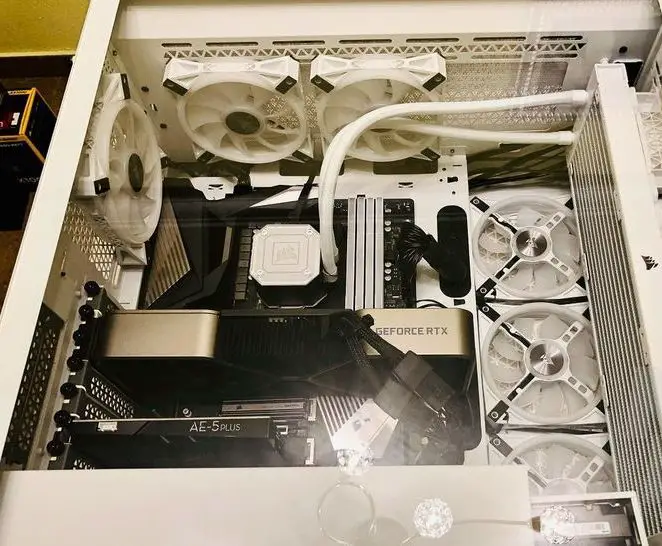
Be careful with fan placement
We have already seen that to have the PC well cooled, we need to create a good airflow. To achieve this, we must be clear in which direction we want to generate that airflow and place the fans in the right way. This is the basis, but we must not forget that, in addition, the most basic rules of thermodynamics will also come into play, and that going against them can play a dirty trick on us.
Following the example given in the second point, to have a well-cooled PC it will be enough, in almost all cases, to create a current of cold air entering from the front and hot air leaving from the rear. To achieve this, we must move the air in that direction, i.e., in a linear way with input from the front and output from the rear. However, we must be careful not to introduce any other fan that may adversely affect this airflow.
We introduce that nuance because many use a classic cooling system with a radiator and fan for their CPU, but are not always aware of how that fan should be oriented. Since we are creating an airflow from right to left, the CPU fan must also work in that direction, otherwise, it would be pushing air in the opposite direction. To know if you have placed the fan correctly, you just have to remember that the “pretty” side is the one that takes air, so if you want to take the hot air out of the PC it should be oriented inwards, while if you want to put cold air in, it should be oriented outwards.
We do not want to end this section without specifying the thermodynamics issue we have referred to. As many of our readers will know, hot air rises naturally, which means that, inside a PC, the accumulated heat can also escape through the top of the chassis if it has openings in that area. If we wanted to improve airflow by placing fans in that part, they would have to be oriented inwards, i.e. they should draw air to the outside, and not the other way around, as we would be fighting against the natural tendency of hot air, and this would be counterproductive.
Why is it so important?
It is important because if we place the fans in the wrong orientation we can totally or partially block the airflow we wanted to create, and this could contribute to the accumulation of hot air inside the equipment, something that is contrary to what we are looking for.
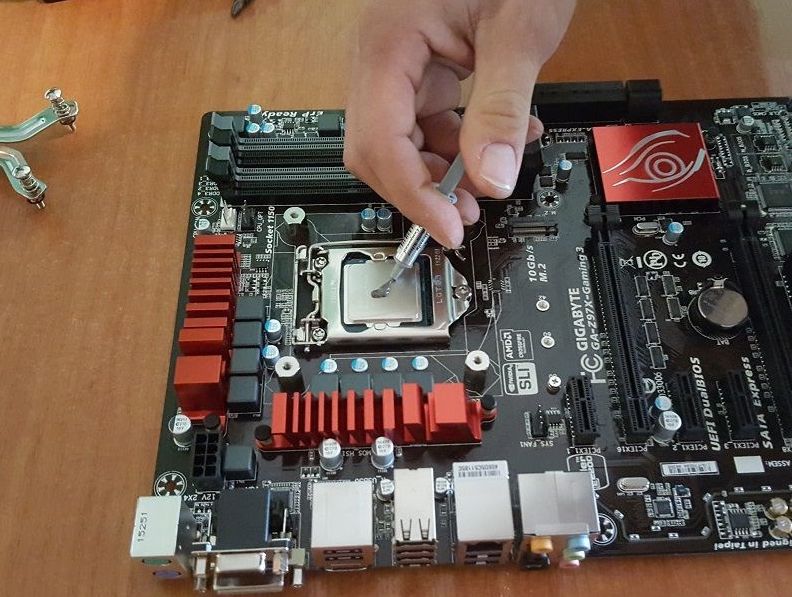
Well-applied and well-maintained thermal paste
Thermal paste plays a much more important role than many believe, and is that, without it, we could not have our PC well cooled. The reason is very simple, think, for a moment, what would happen if you join the IHS of a processor with the copper base of a fan, or a liquid cooling kit, without applying thermal paste. Yes, there would be a heat transfer between the two, but it would not be optimal, and in the end, we could end up having serious temperature problems.
There is an explanation for this, and it is that, in the end, both metal surfaces not only do not have a completely uniform and regular surface, but they also tend to have microscopic spaces where small air and dirt deposits can get trapped, which will make the contact even worse than you might imagine. Applying thermal paste creates an additional contact layer that solves all these problems, and speeds up heat transfer between the two components.
Using thermal paste is not complicated, but we must be clear about how to do it, since too little can cause problems, and excessive application is not recommended either, especially because it can spill and smear the motherboard or socket if we remove the processor at some point. To apply the thermal paste correctly, it is advisable to put a drop on the scepter of the processor or GPU, whose size should not exceed that of a small pea, and then let it spread naturally by the pressure that will make the contact base of the heatsink.
Over time, the thermal paste will lose properties and will go so far as to dry out, resulting in the loss of that optimal contact base between the CPU, or GPU, and the radiator. If this happens, heat transfer will no longer be as fast, or as good, and we will start to notice higher and higher temperatures. If we do nothing, we could end up with serious temperature problems, which brings us to the fifth and final section.
Why is this so important?
Well, because without the thermal paste it is impossible to produce that optimal contact between the CPU or GPU and the radiator contact base of the cooling system, so the heat transfer will be very low, and this will accumulate to an unsustainable level in these components. If this is in poor condition and has deteriorated over time, we will find the same situation.
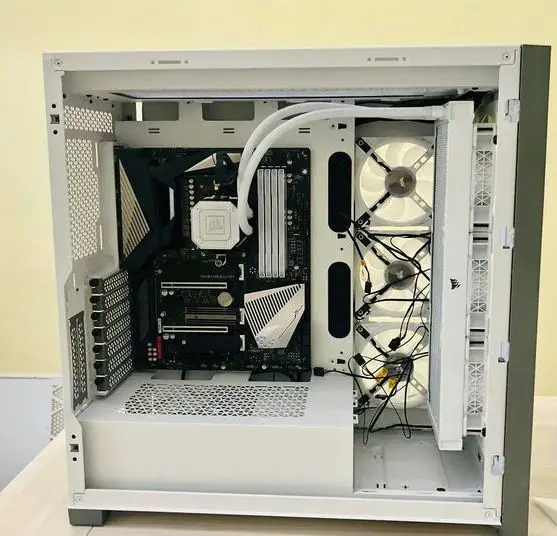
Take care of wiring management and maintenance
Cable management has become much easier in recent years, thanks, above all, to the care taken by motherboard manufacturers with the distribution of the different connectors, to the facilities provided by PC chassis manufacturers, which allow increasingly intelligent cable management with less effort, and also to the democratization of modular power supplies.
A PC with good cable management will have fewer elements that can affect internal airflow, and also a cleaner and more attractive aesthetic, although its impact is relatively small unless we make a mess or have opted for a very small chassis. Nonetheless, it can undoubtedly help keep the PC well-cooled, and so we should give it the value it deserves.
As for maintenance, we are talking about two big keys: keeping the PC clean, and the thermal paste in good condition. We could also bring up the thermal pads used by some components, such as graphics cards, but these have a longer lifespan and, in most cases, we will end up buying a new one before we have to consider changing pads.
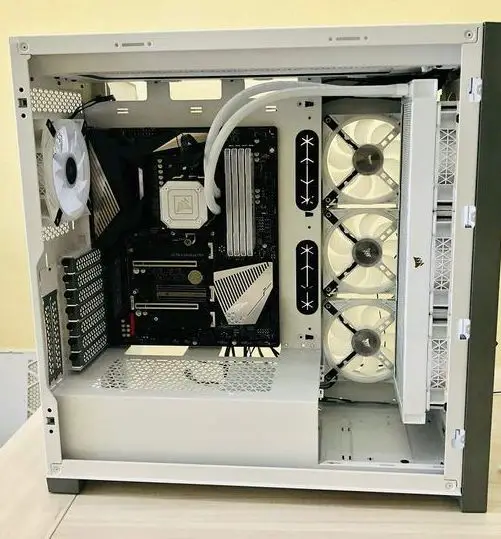
There is no exact cleaning and thermal paste change regime that we should strictly follow, as this depends on many factors, such as temperature and dirt in the area where the PC is located. So, for example, if we have it in a place where a lot of dust moves, and the heat is considerably high throughout the year, it would be a good idea to clean it thoroughly at least once every two or three months. On the other hand, if it is in an environment where dust is minimal, we could reduce maintenance to a couple of cleanings a year.
As for changing the thermal paste, it is advisable to change the processor’s thermal paste at least once every two years, if we use a standard thermal paste. If we use a high-quality one, it will last longer. If you have any doubts about this topic, we encourage you to take a look at this article, where you will find all the information you need.
Why is it so important?
Because dirt accumulates in radiators and fans and reduces the effectiveness of these cooling systems, which in the end can end up giving important temperature problems and prevents us from having the PC well cooled. In the case of thermal paste, it loses properties and dries out, preventing normal heat transfer between the component and the heatsink. In extreme cases, we could encounter stability problems and, ultimately, when the thermal paste has become gritty, it is easy for the component to end up “dying”.

